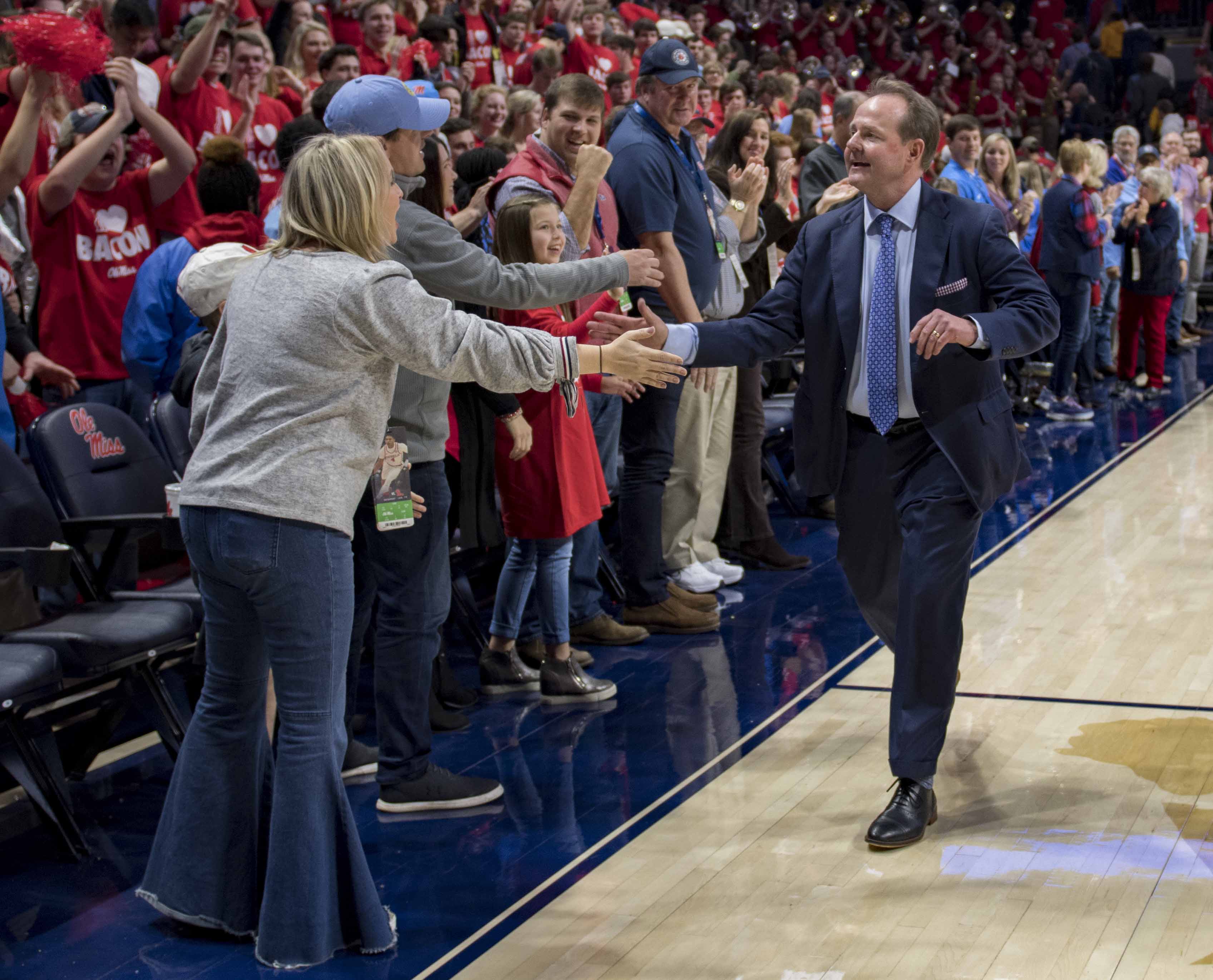In 2001, the University of Mississippi experienced a plethora of stray cat colonies on campus, adding up to about 200 cats. Instead of capturing and euthanizing the cats, the university created the Feral University Rebel Rescuers to combat the growing population.
FURR’s purpose is to minimize the population of feral cat colonies that reside in the Oxford and Lafayette County community, have updated vaccination records, as well as feed the cats.

Natascha Techen, official staff advisor, Conny Parham, treasurer, and Lisa Hartman, volunteer coordinator, are the only ones left that run FURR.
Stray cat colonies exist everywhere, but for Oxford in particular, the abundance of garbage cans and food waste from big sporting events causes herds of cats to reside here.
Natascha Techen said that in order to reduce the feral cat population, cats must get neutered or spayed. She urges anyone who sees a stray cat to contact FURR and they can find the cat, trap it and if needed, seek medical treatment.
On average a spay or neutered procedure cost ranges from $150 to $300, which makes it difficult for FURR to be able to spay and neuter the cats themselves.
Techen is also the founder of the Nine Lives Cat rescue, which started in 2006. Her goal when starting this group was to create a more affordable way to fix stray cats, as well as rehome the cats, who are subject to euthenasia at humane societies.
Natashca said a common issue that occurs in Oxford is people feeding stray cats, without knowing if the cat has an owner or not.
“It’s very important that if you feed them, fix them,” Techen said. “Ask your neighbors if that is one of their cats. If it’s not one of their cats, assume responsibility and get that cat spayed or neutered, that’s the only way we can get out of this.”
To identify if a stray cat has been helped by FURR, Natashca said to look at the ears.
“The veterinarian does that when they are sedated and get spayed and neutered, they cut a piece off their ear,” Techen said.
At a distance, one can tell that there is a piece missing, and that shows FURR that the cat does not need assistance.
Parham warns, however, if one does come into close contact with a stray cat, to not approach it.
“They’re happy where they live. If they’re true feral cats, they don’t really want anything to do with you. They’re not adoptable,” Parham said.
So far, FURR has reduced the number of feral cats from 200 to 20-30.
“You can see that we have accomplished what we set out to do, which is reduce the feral cat population,” Parham said. “It was a huge percentage, and that’s good for the cats and it’s also good for the people on campus.”
If you want to get involved with either the FURR organization or Nine Lives, Techen encourages donations or volunteer time. Both organizations do not have space to hold food, but the money donated will be allotted for food purchases as well as funding for spay and neuter services.















